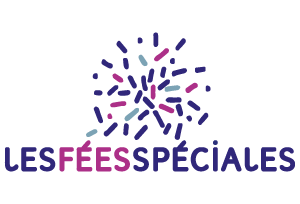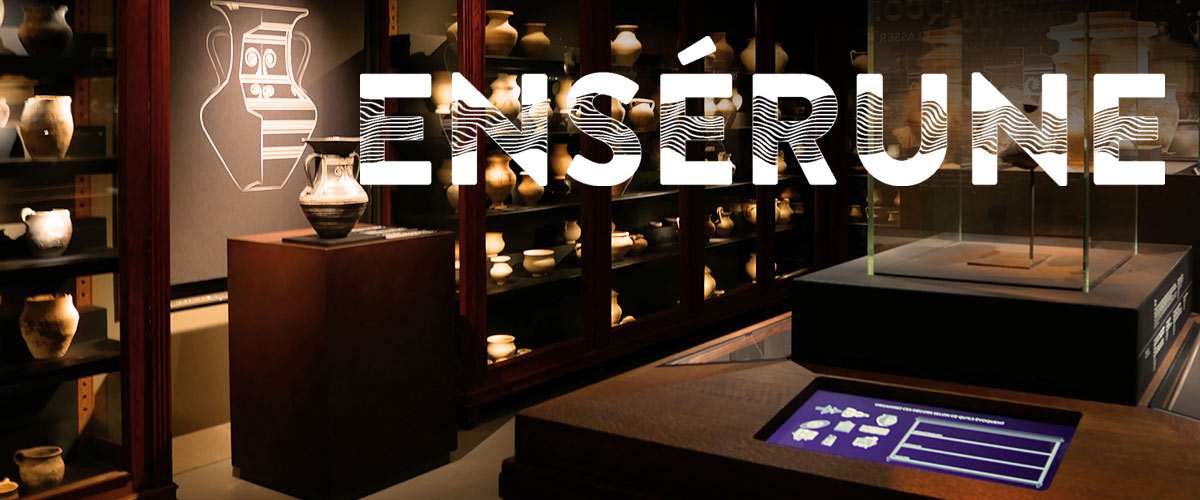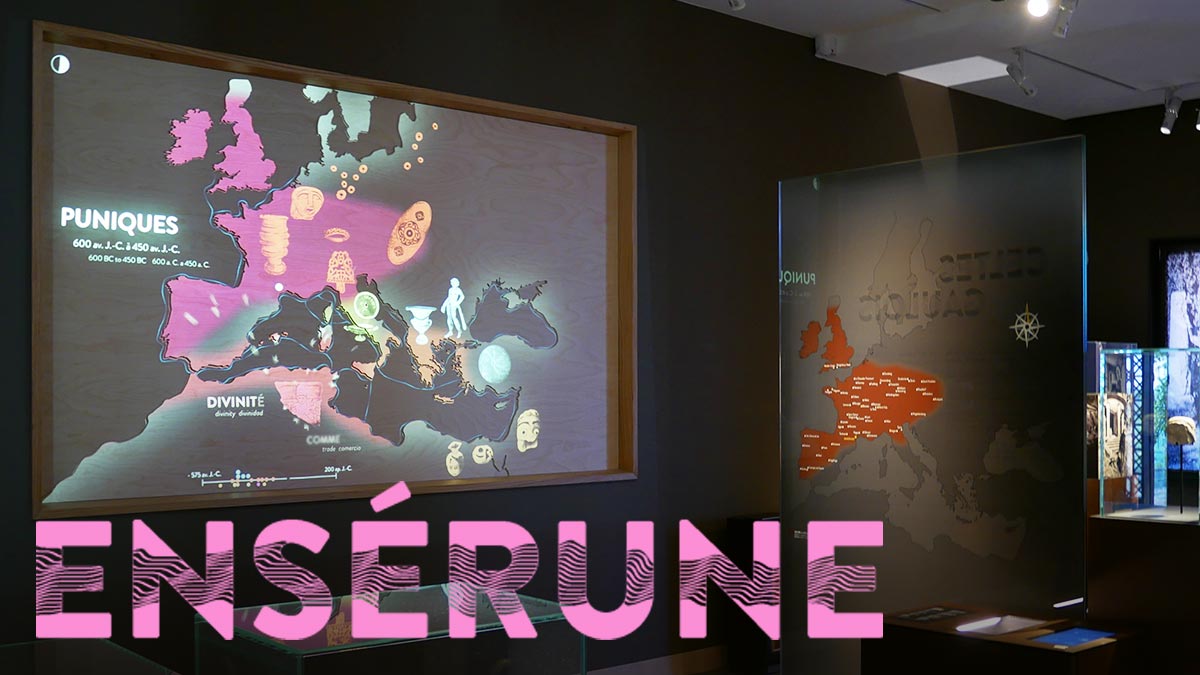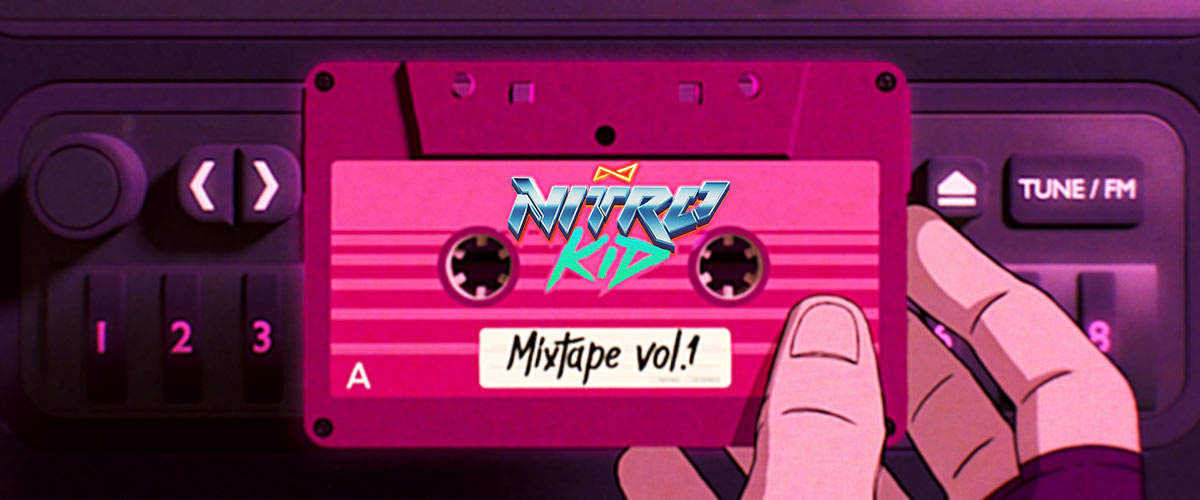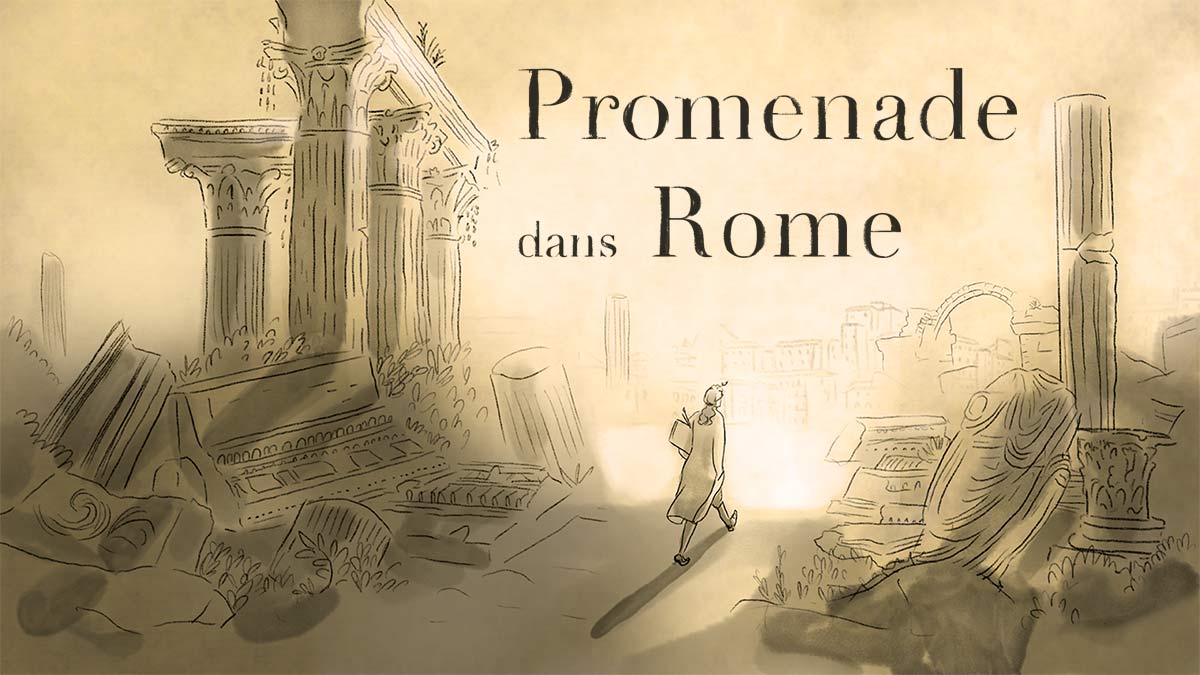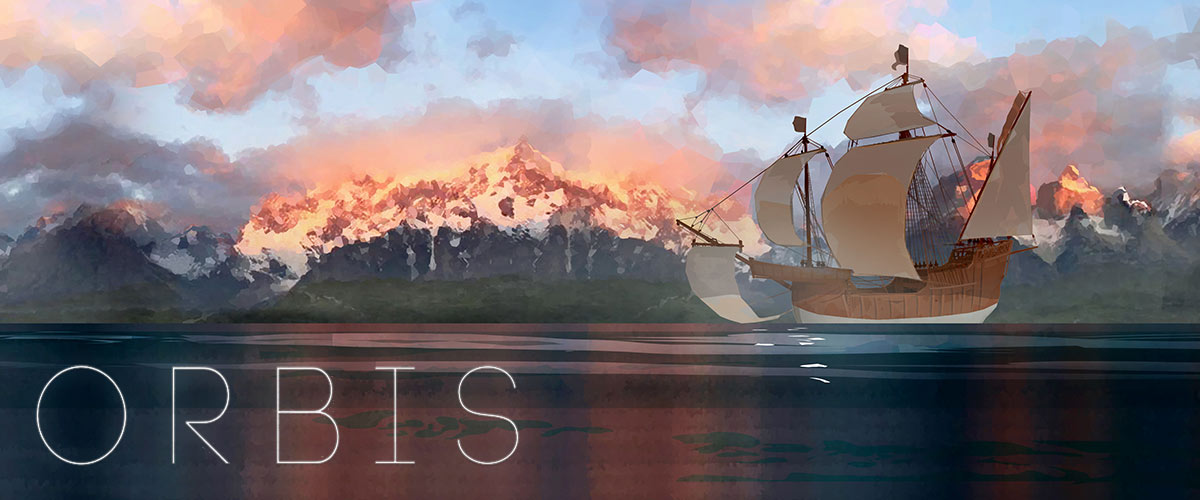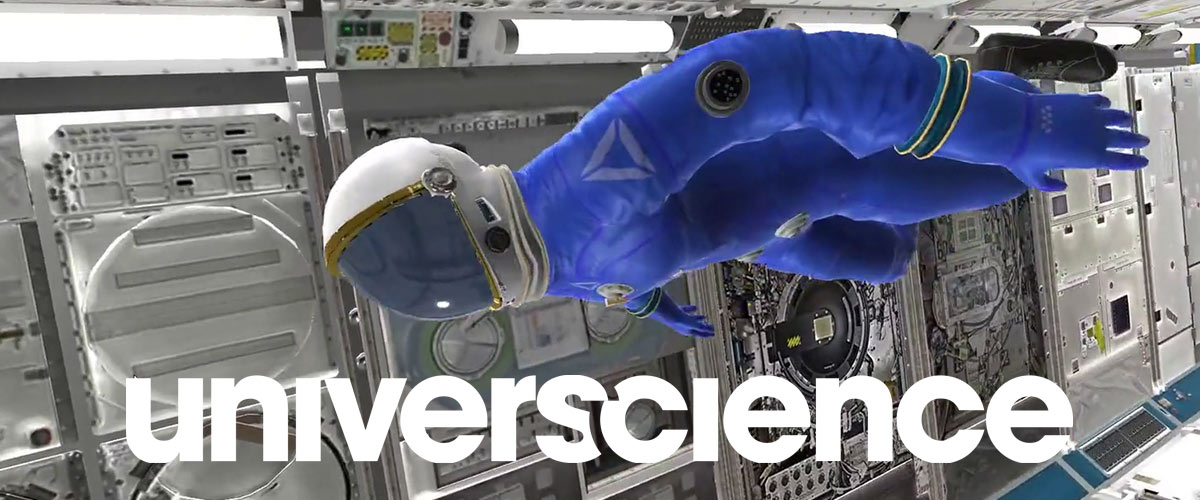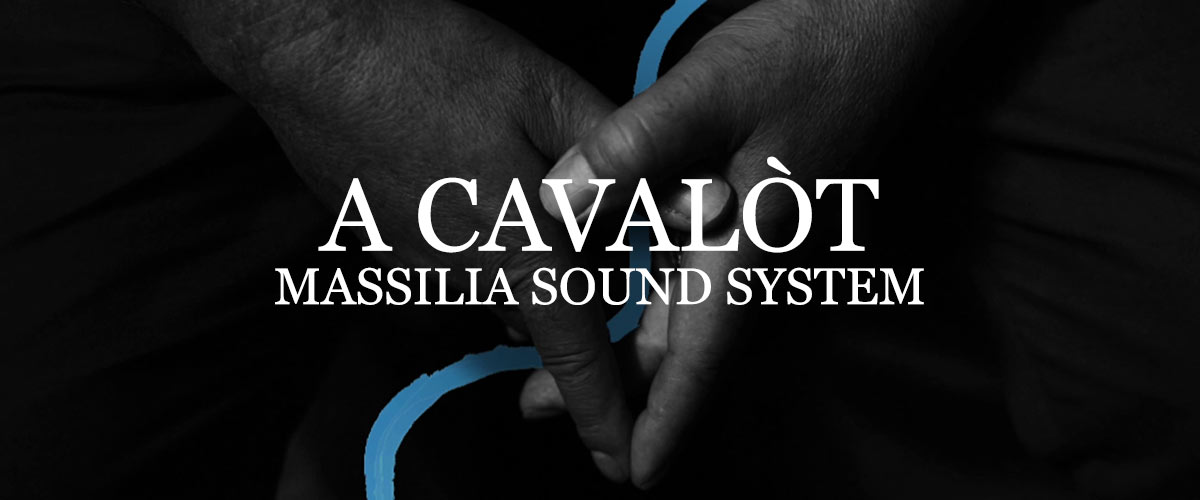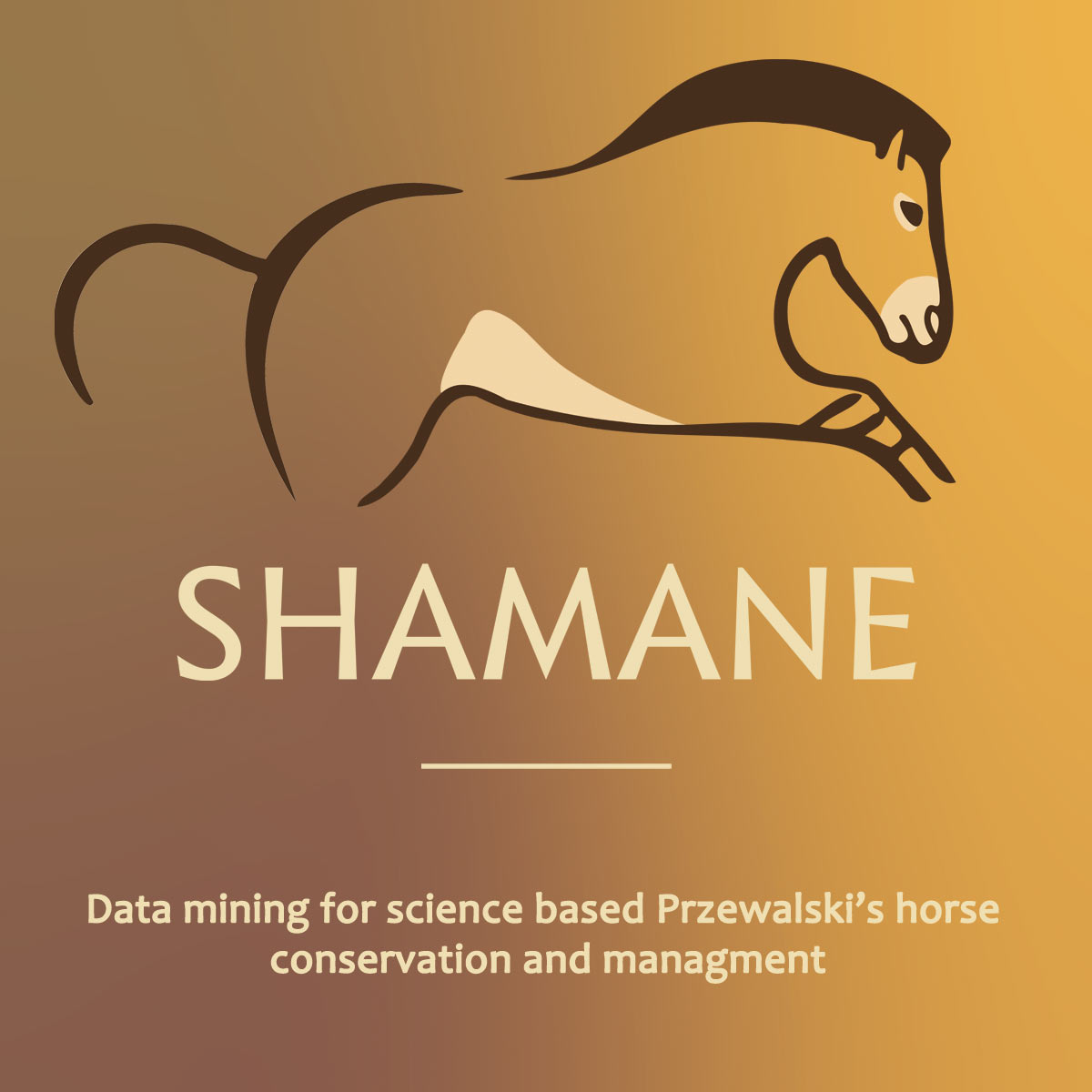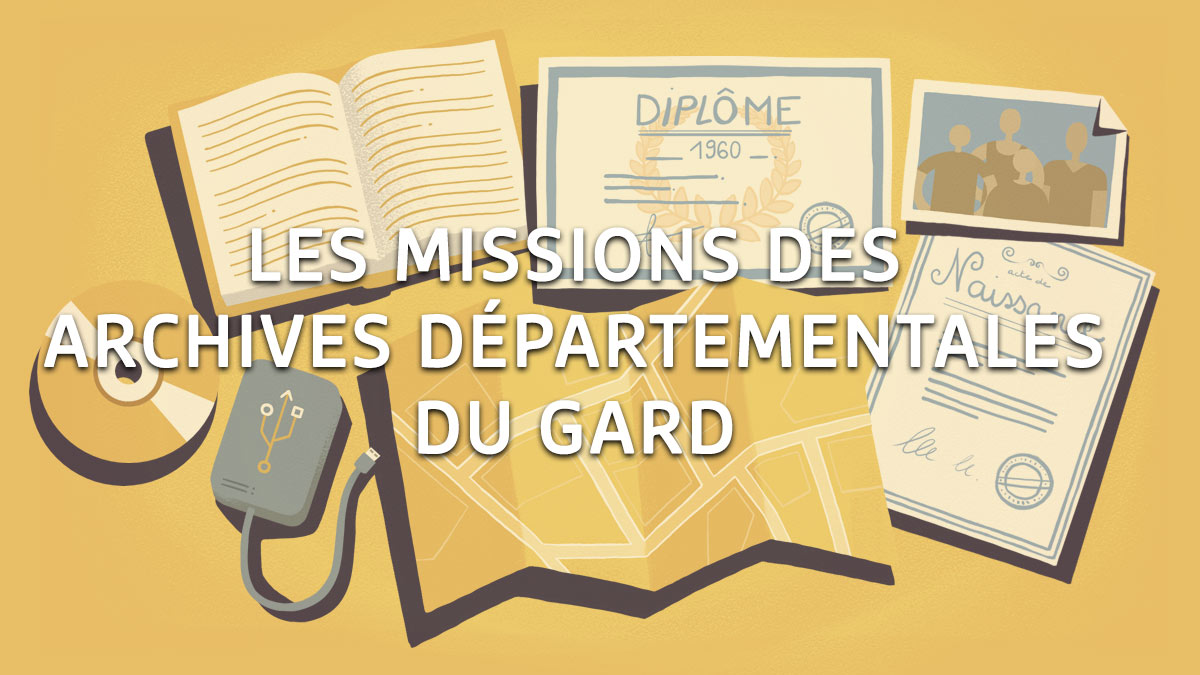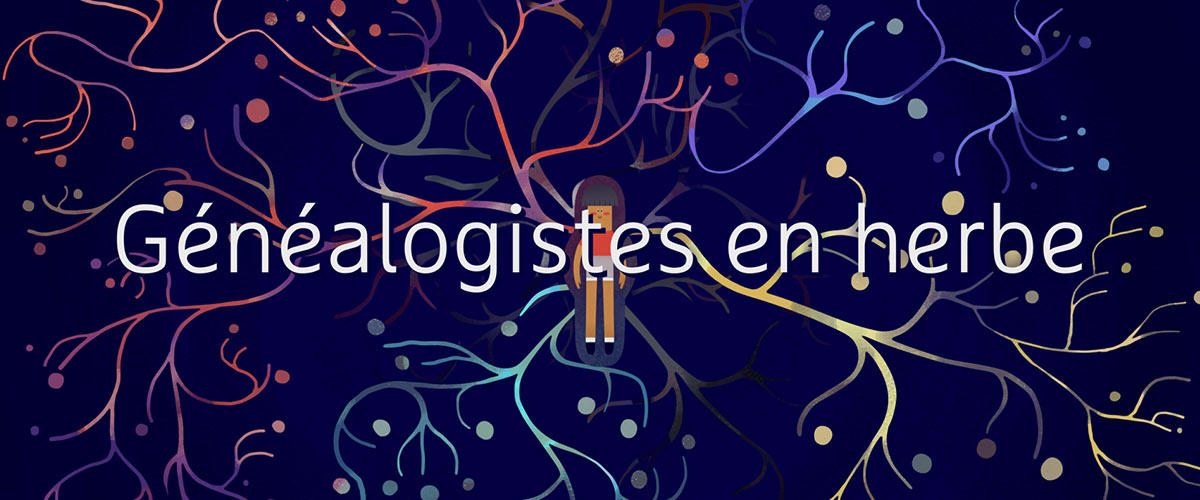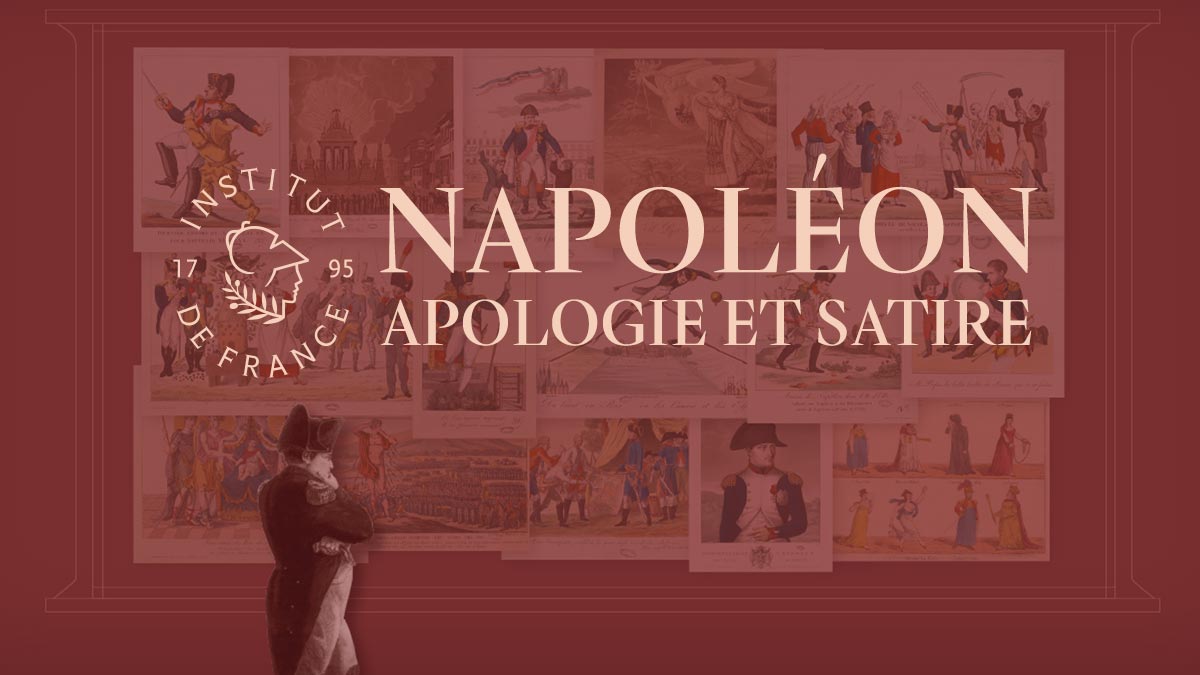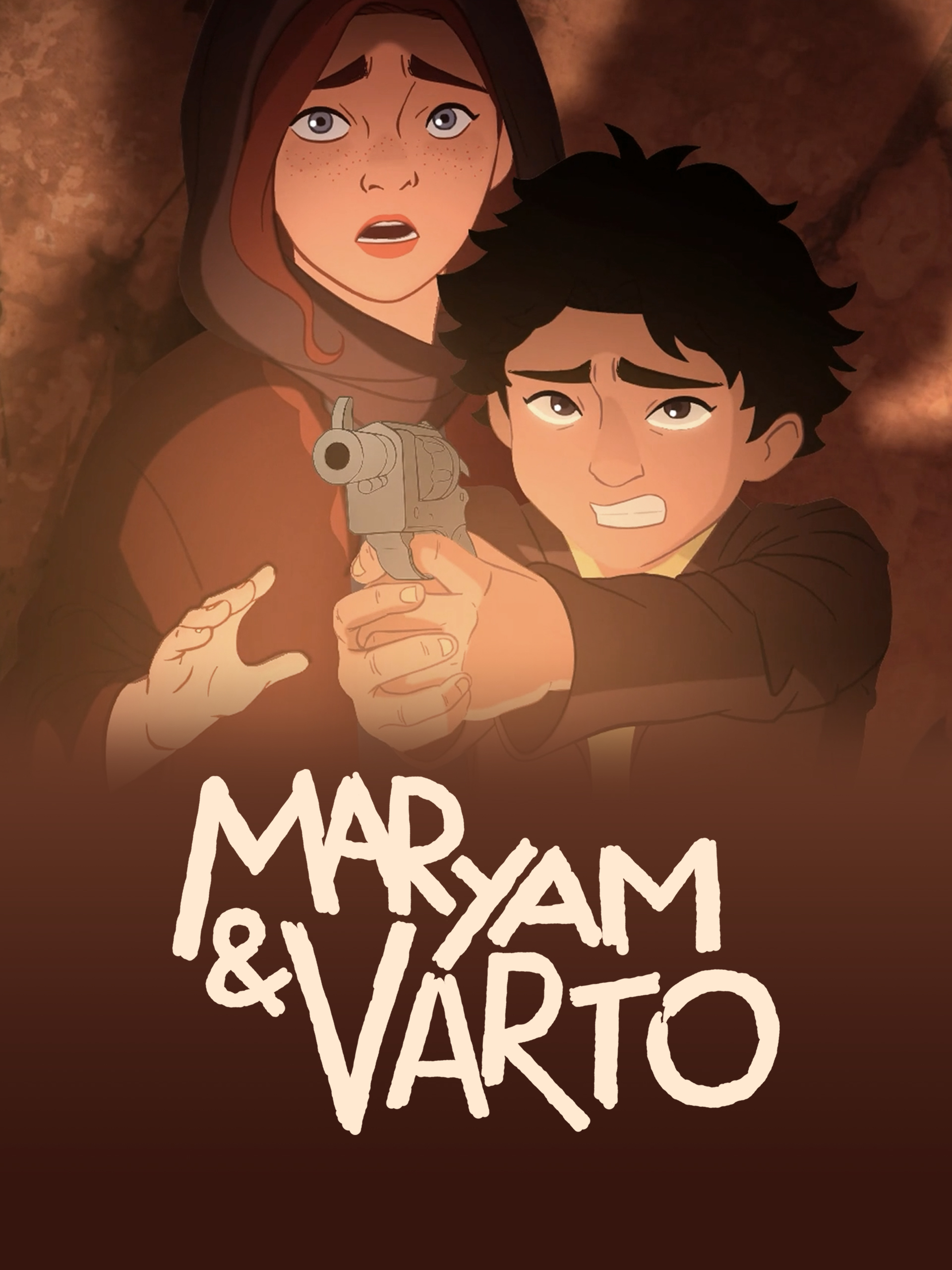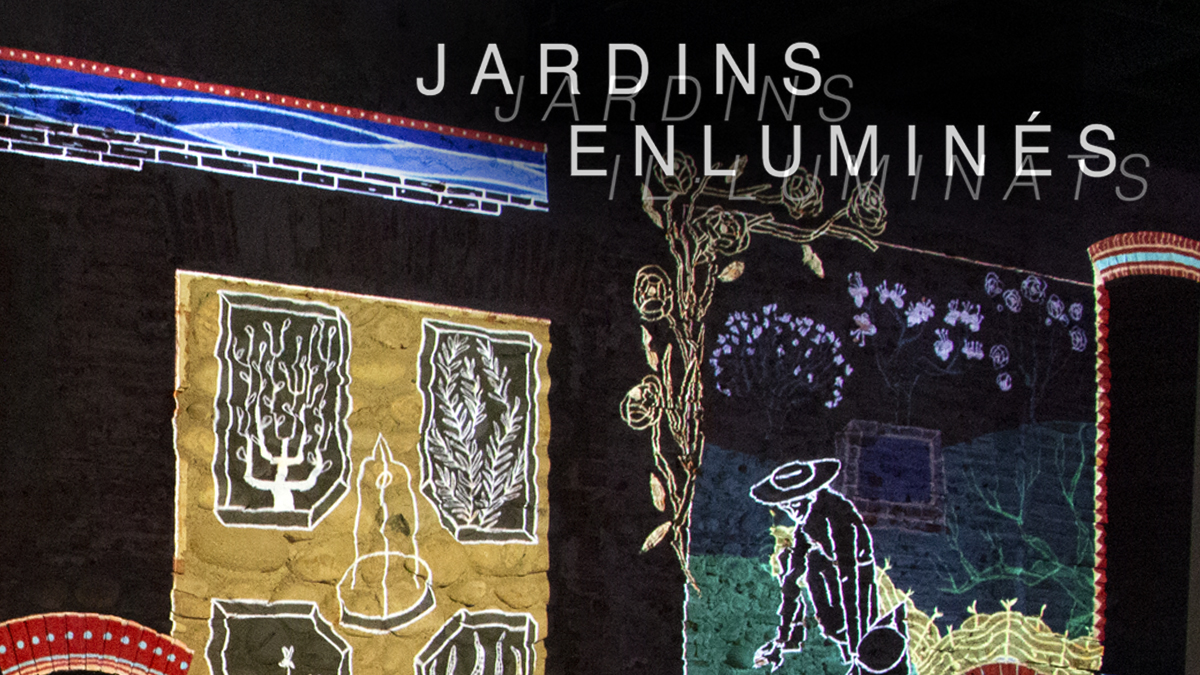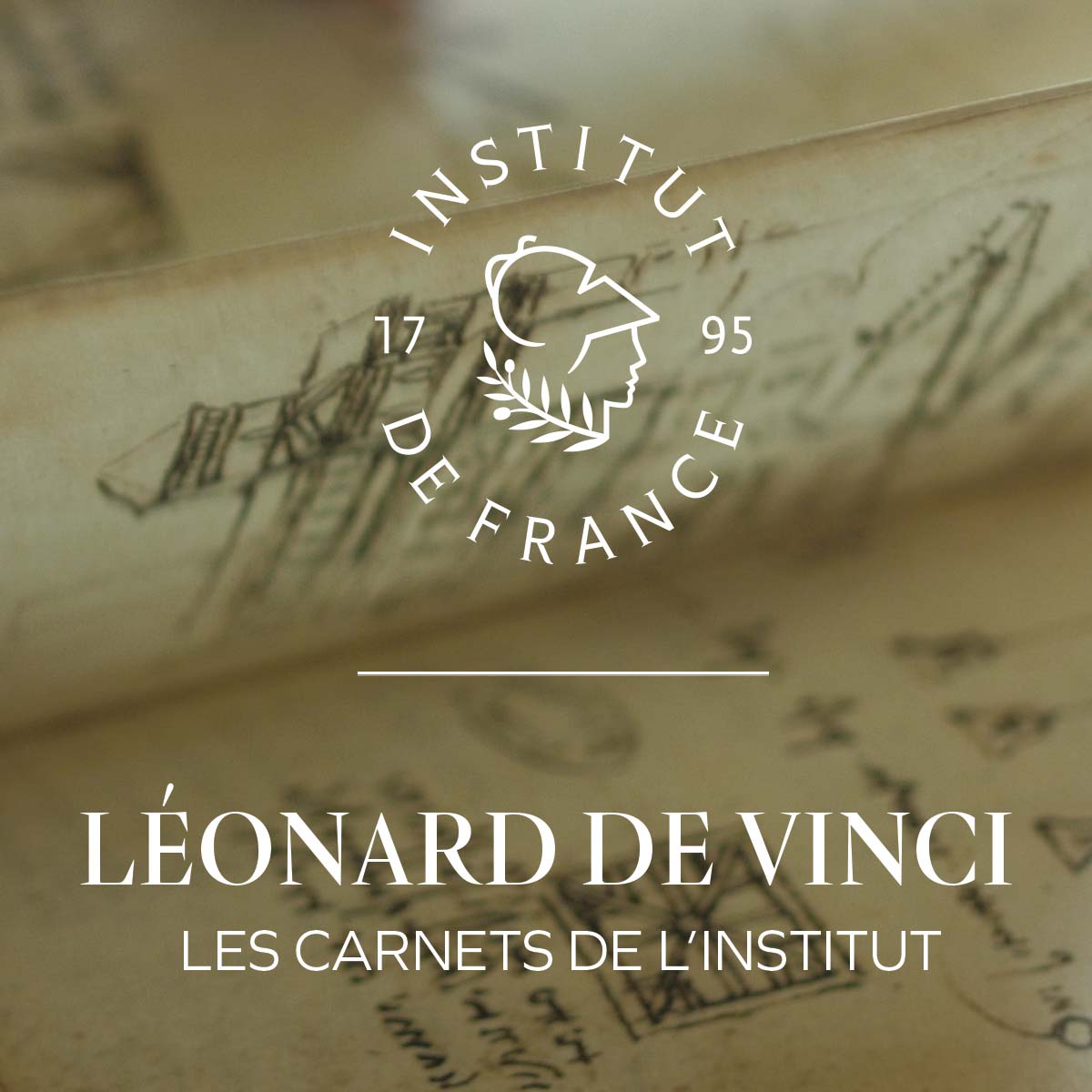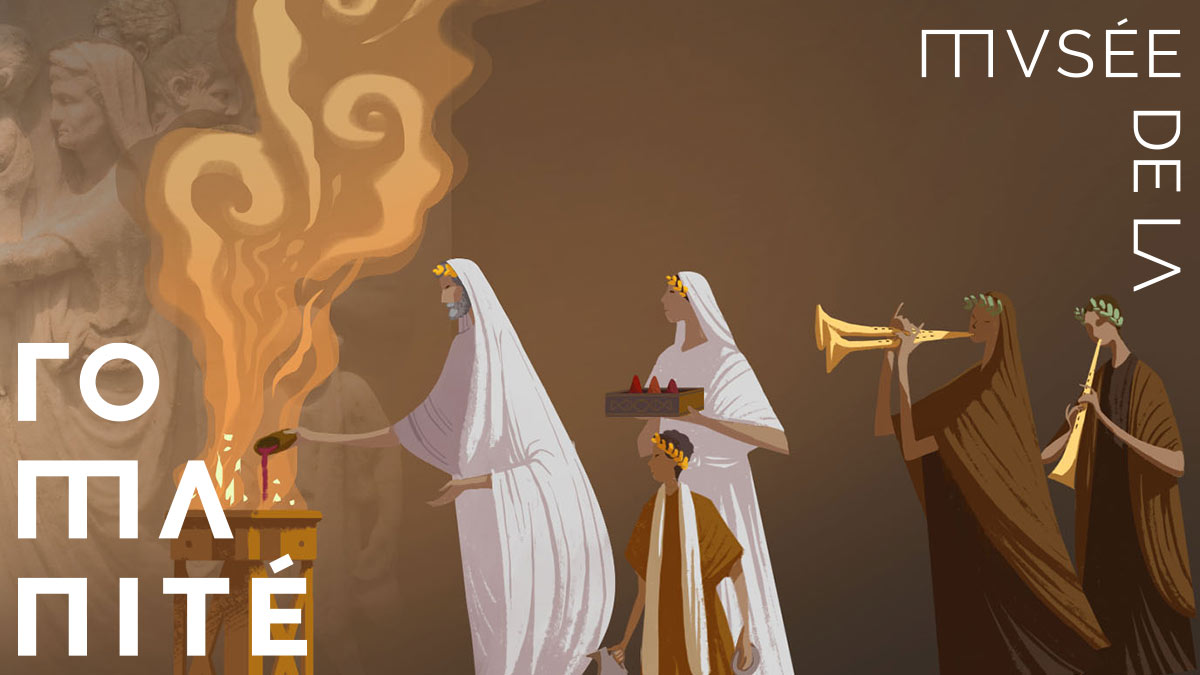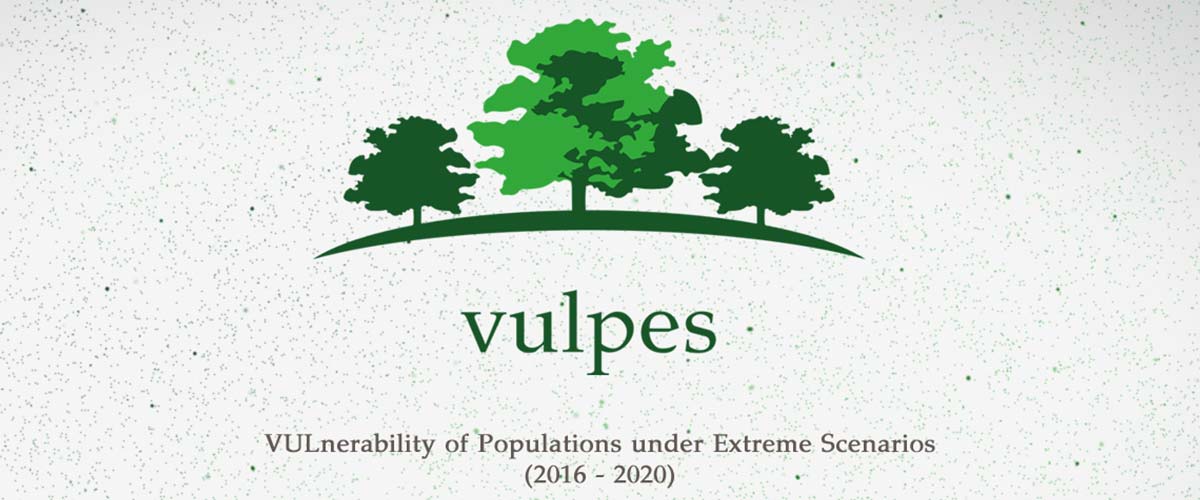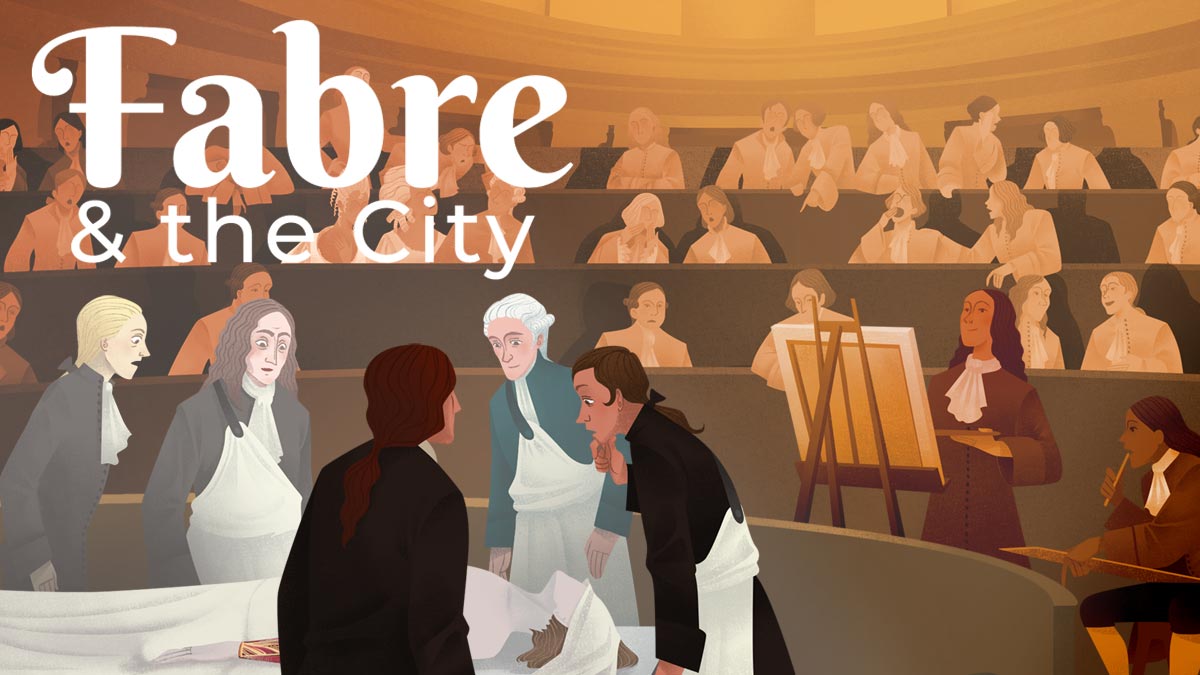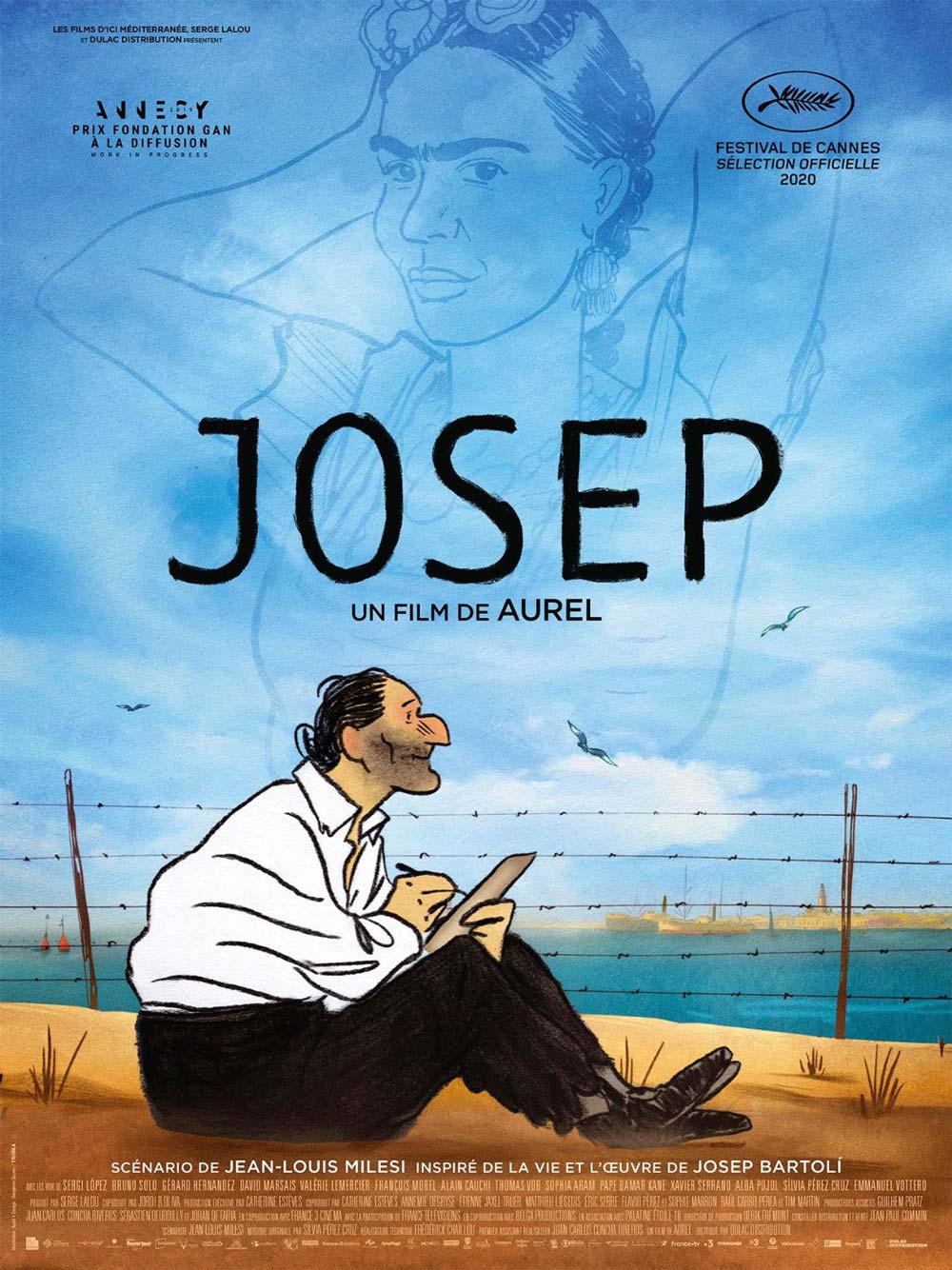04 Juil Ensérune – Interactivity
[vc_row css_animation="" row_type="row" use_row_as_full_screen_section="no" type="full_width" angled_section="no" text_align="left" background_image_as_pattern="without_pattern"][vc_column width="2/3"][vc_column_text] Photos of the installation [vc_gallery interval="10" images="4363,4362,4361,4360" img_size="full" onclick=""] Images from the multimedia [vc_gallery interval="10" images="4351,4355,4349,4356,4348,4365,4364,4353,4354" img_size="full" onclick=""] [/vc_column_text][/vc_column][vc_column width="1/3"][vc_column_text] In 2022, we had the opportunity to work for the first time with "Drôle de Trame" and the "Centre des Monuments Nationaux" (National Monuments Center) at the Oppidum d'Ensérune site. We created three elements for the new permanent exhibition at the museum. In addition to the projected map "Ensérune Crossroads of Civilizations," we developed two interactive installations, "A Tune from Athens" and "The World of the Celts." These two tactile applications are located in the Mouret room, the final stop on the tour, which houses a significant portion of the vases discovered in the necropolis and immerses us in Félix Mouret's study in 1916. At the center of the room, two tables, true discovery cabinets, integrate the digital installations that allow us to step into the shoes of Félix Mouret in 1916, during the excavations and cataloging of discoveries. His classification system, which he described in a volume of the "Corpus Vasorum Antiquorum," remains a reference in the identification of vases of Greek origin or influence even in our time. The first table, "A Tune from Athens," is dedicated...
